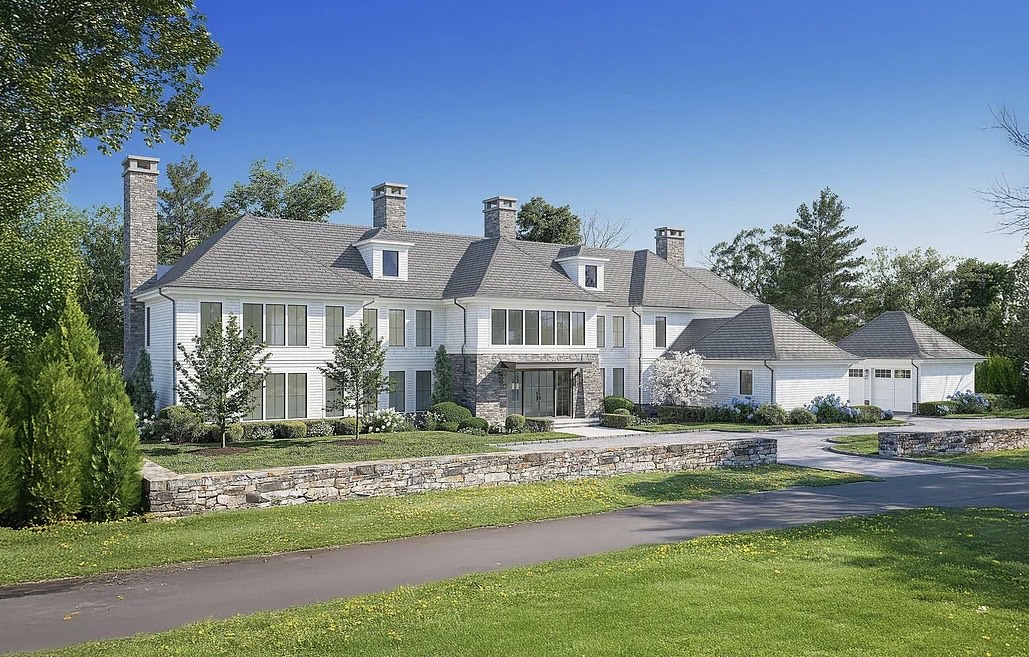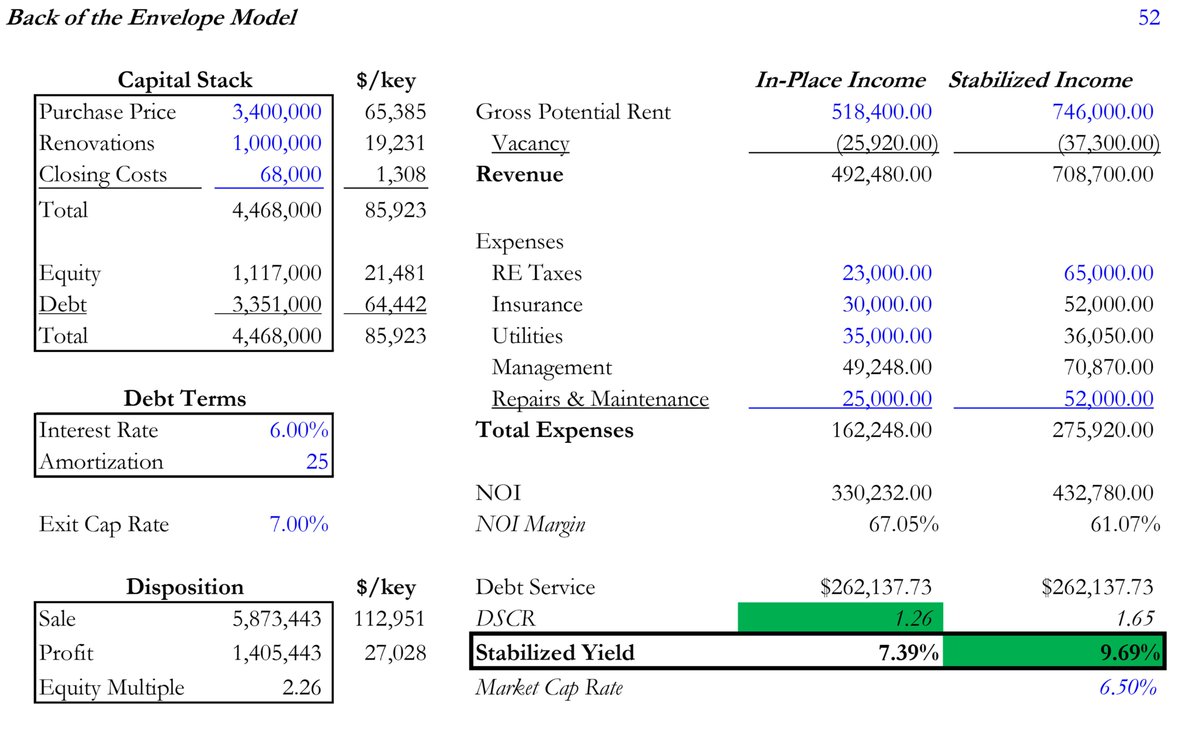
I run a real estate private equity firm. To learn how to buy profitable deals, apply for the Acquisitions Bootcamp: https://t.co/dWVeG9RZF3
28 subscribers
How to get URL link on X (Twitter) App


 1. Stabilized cap rate (yield):
1. Stabilized cap rate (yield): 
 // Deal 1 //
// Deal 1 //
 1. Stabilized cap rate (yield):
1. Stabilized cap rate (yield): 
 // Deal 1 //
// Deal 1 //
 1. The deal wasn’t listed on loopnet (came straight from a not-that-well-known broker). Means 90%+ of the market didn’t even see it
1. The deal wasn’t listed on loopnet (came straight from a not-that-well-known broker). Means 90%+ of the market didn’t even see it
 1. Stabilized cap rate (yield):
1. Stabilized cap rate (yield): 
 // Deal 1 //
// Deal 1 //
 1. Stabilized cap rate (yield):
1. Stabilized cap rate (yield):